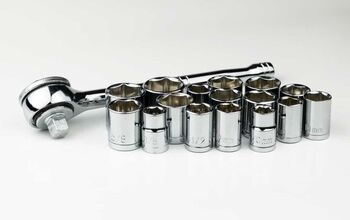What Size Beam Do I Need For A 30-Foot Span?

Support beams are important for the structural integrity of buildings. The important part is not only determining the location of these beams but the proper length and strength depending on where they are being deployed and what type ( like an I-beam).
If you have a 30-foot span, it is important to know just how long a beam you will need for support. There is a good rule of thumb for this: divide your span (in inches) by 20. So, if your span is 30 feet (or 360 inches) you would divide that by 20 to come to 18 feet. Generally, it will be between a third and half of your overall depth.
In this article, we will discuss the different spans, as well as the beam sizes. It’s important that you know this information as you’re building a structure that’s going to need to hold some weight.
Do You Need Steel Beams Installation?
Get free, zero-commitment quotes from pro contractors near you.

Related Content: How Far Can A Steel I-Beam Span? | 30 Types of Beams (Used in Construction)
Different Spans For Beams
Of course, not every structure will have the same type of span or construction. There are columns, floors (specifically joists and decking), beams, girders, and so much more. So, it is important to know what type of beam that you need given the situation before you can calculate the depth that you will need.
Here are the varieties that you may run into and what you can do to determine the proper size beam to provide structural support that will make your structure safe and sound. Follow the calculations exactly because a change one way or the other could mean that your beam depth is off and won’t cover the entirety of the span. This would be bad for the structural integrity and could lead the beam itself cracking or breaking.
Video: Understanding Basic Beam Sizing
Beams And Girders For Flooring
Again, you want your beam width to generally be somewhere in the 1/3 to ½ depth of your span. The dimensions for a girder would wind up being the same. The only difference is that the flange itself would wind up being thicker.
You can also have a beam overhang if you so choose. The maximum that a beam overhang can be is 3/8 of the span that it is supporting. Keep this in mind if you are looking to create an overhang of your support beam. Overhangs are recommended just for an added support, as well as a touch of flavor.
Make sure that you use the aforementioned formula. Dividing in inches by 20 is the quickest way to determine what your beam will need to be for a span of any size. It will also ensure that you have an accurate measurement instead of a rough estimate.
Columns
The size of a column will depend entirely on what kind of floor area that the column is supporting. When you need to determine the size of your column, you find the floor area by subdividing the distance between the main column and any adjacent columns. The total area is cumulative when you go from floor to floor.
So, for instance, a column that is 6×6 can support up to 750 square feet. An 8×8 column would be able to support 3,000 square feet. And a 12×12 column would be able to support 6,000 square feet. Another good rule of thumb is that by adding two inches to your support column can give you 1,500 additional feet of supported area.
Decking For Flooring
Sometimes you won’t end up using girders and beams for your flooring. Instead, you can use joists and decking. That also means that you will need a different way to measure what your depth of support will be.
Metal decking can have sheer studs. They can also have 2-inches of depth that span up to 10 feet, 3-inch spans that reach up to 15 feet. A good rule of thumb is that for every inch of depth, you can add 5 feet to your span.
The decking depth isn’t the only thing to keep in mind. You will need a concrete floor of around 2 or 3 inches to be poured over top of the floor. Make sure that you properly draw the decking corrugation. Proper dimensions will assure that it has the right rigidity.
Joists For Flooring
Of course, you can also use light gauge steel joists in your flooring as well. They are interchangeable with trusses as well. A 6-inch depth will cover a span of 10 feet. For any addition 2 inches of depth, you can add another 2 feet of span with 12 inches becoming the limit.
When you get past the 12-inch depth point, you will begin to add 2 feet of span for every 3 inches of depth that you incorporate. It’s very important you follow these instructions otherwise you may have a space in your floor where support is lacking. You don’t want to fall through if this is the case. By supplying supports in the correct places, you can ensure that the floor will hold up.
Coordinating Dimensions
Keep in mind that using one of the methods outlined above will most likely result in sizes of your steel elements that do not coordinate with each other. So, for example, you might have an interior column that is 8” in depth but your exterior column is 6” in depth and you have a beam that is 12” in depth.
Make sure that you properly coordinate the dimensions that you are using in a more efficient way. This will make the entire construction of the project more efficient and that should be the goal with any project that you undertake.
Variables
The overall span of the beam will be contingent on a few different variables. This is the size of your lumber, the species that you use, and the load that it is meant to carry. Generally, it is desired to have fewer posts in upper level decks. That means using larger framing materials when using longer spans.
Your beam maximum is based entirely on what your anticipated load will be. There are specific residential requirements to be aware of. Generally, though, the longer the joist you have, the more area of decking that joist (and the beam) supports.
Support Beam Calculators
If you aren’t quite sure how to figure out what kind of beam span you’re dealing with, don’t fret. There are calculators out there for different species of wood, the size of the beam, and the joist spans that are available (up to 18 feet). However, if you’re still unsure, you could always call a professional to ask them. It doesn’t mean you have to pay them to do the job but merely ask a question to ensure you’ve got everything down correctly.
By using this, you can take the specifics that you know and plug them in to find out what joist spans or the size of beam that you will need. It is imperative that you get this right because you want to ensure that structural integrity is maintained.
Different Species Of Wood
For amateur builders, you should be aware that there are not only different types of wood out there but that they have different sizes and loads that will generally be available.
The most common types of wood that you will find are southern pine, douglas fir or larch, hem, fir, spruce, pine, cedars, redwood, Ponderosa pine, and red pine just to name a few. Knowing what kind of load your species can handle is part of the equation, too.
Related Questions
How big of a beam do I need to span 12 feet?
How far can a beam span without support?
How much does a 30-foot steel beam cost?
Do You Need Steel Beams Installation?
Get free, zero-commitment quotes from pro contractors near you.

Don’t Second Guess
Now that you have all the resources at hand to find the proper beam support, it is just a matter of getting the materials that you need and performing the installation. It cannot be overstated that you need to be accurate in your measurements and load requirements.
When installing, get help for projects like these. The beams can become damaged if dropped and can seriously injure you if they fall. Double-check your measurements and ensure that they have been properly secured before moving on to the next step.
You can look on proudly when you have finished the job, knowing that you have the proper load management for your beams and that they have been equipped to properly cover the designated span. Soon, you will become an expert on the matter and won’t need to reference the tables and charts.
Related Guides

Ryan Womeldorf has more than a decade of experience writing. He loves to blog about construction, plumbing, and other home topics. Ryan also loves hockey and a lifelong Buffalo sports fan.
More by Ryan Womeldorf



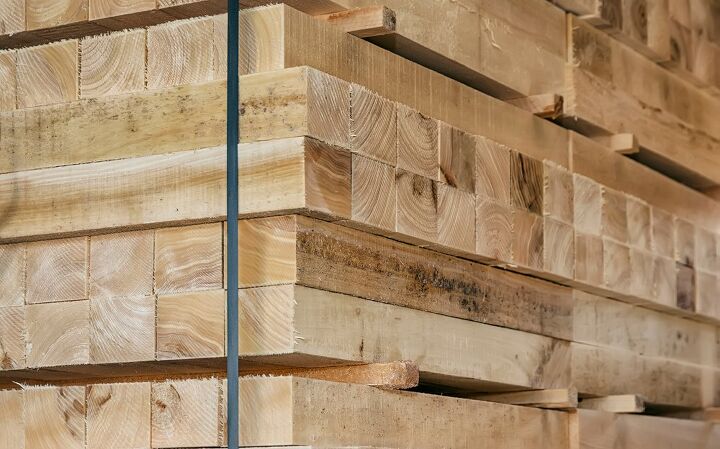






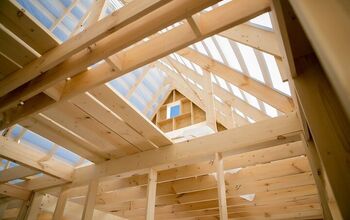

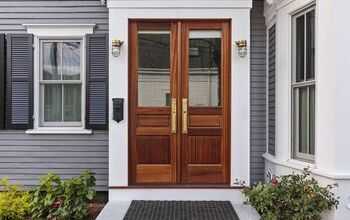






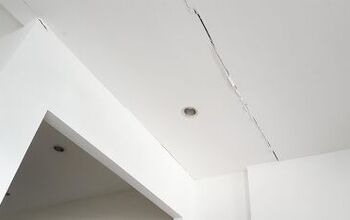
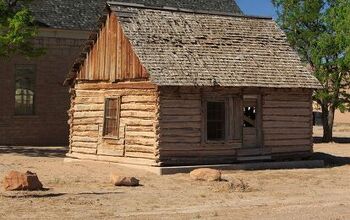

![Cost To Drill A Well [Pricing Per Foot & Cost By State]](https://cdn-fastly.upgradedhome.com/media/2023/07/31/9074980/cost-to-drill-a-well-pricing-per-foot-cost-by-state.jpg?size=350x220)


